This entry was posted on May 6, 2022.
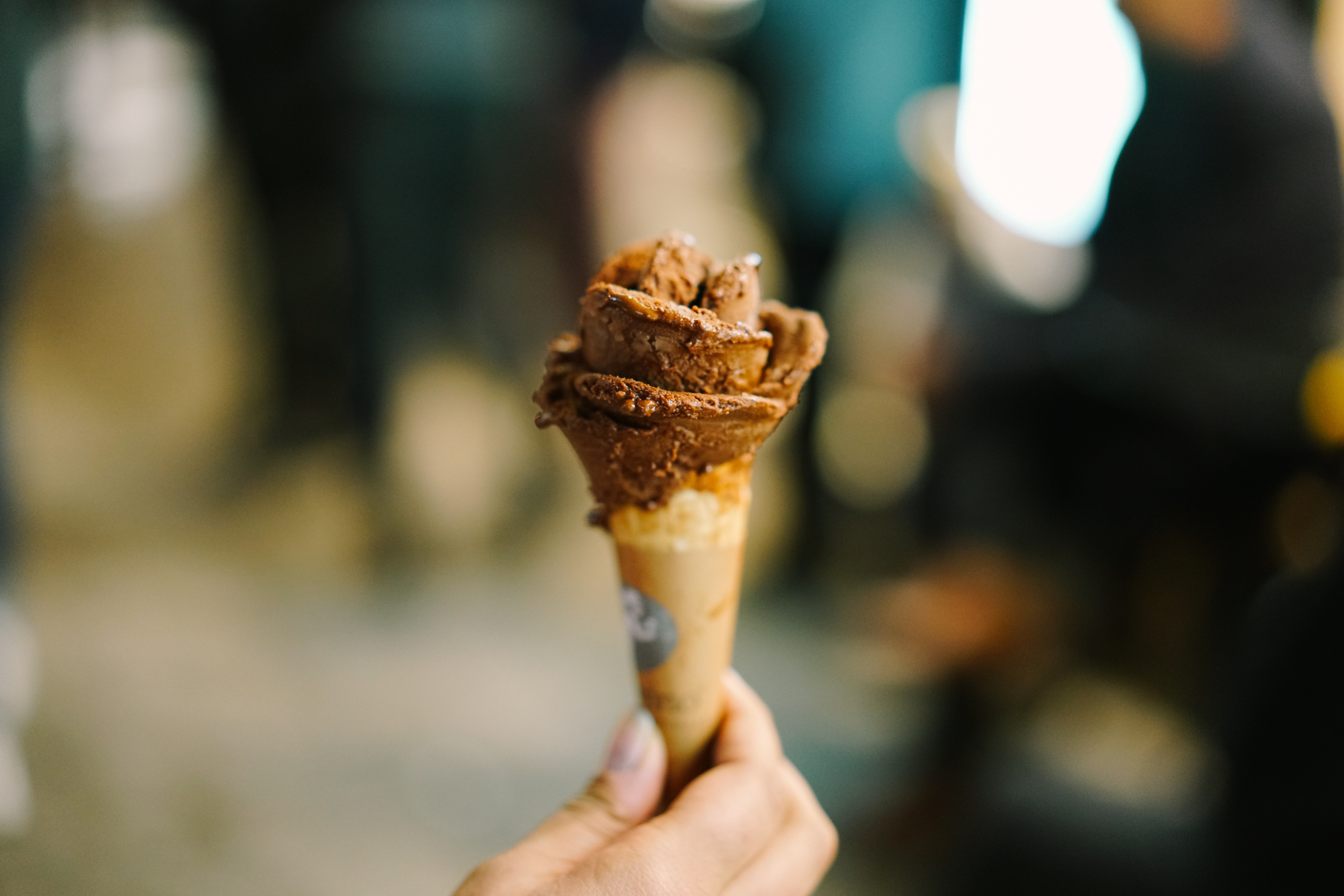
Following on from our essential guide to Shutter Speed, this time, our essential guide series looks at Aperture. Just what is Aperture? What does it do to your final images? How do you select the correct Aperture? We put together everything a beginner photographer needs to know about Aperture.
What is Aperture?
Aperture is one of the three key variables of photography, the other two being shutter speed and ISO. It is arguably the most important aspect to learn when starting. The aperture is the opening in a lens which allows light to enter the camera. Think of it in terms of how your eyes work; as you move between dark and light, the iris shrinks or expands to control the size of your pupil.
In photography terms, the “pupil” is known as the aperture. By altering the setting of your aperture, you either shrink or increase the size of the aperture to allow more or less light to reach your camera’s sensor.
What Does Aperture Do to An Image?
Controlling the aperture in your photographs can add dimension to your images. This is known as depth of field. At one end of the scale, the aperture will give you a blurred background and shallow focus, and this is often used in portrait photography or when capturing a specific subject that you want to make the focus of your image.
On the opposite end of the scale, the aperture will give you super sharp images both in the near foreground and distant horizon. This is mainly used for landscape images.
Aperture also controls the exposure of photos, making them darker or lighter depending on your setting.
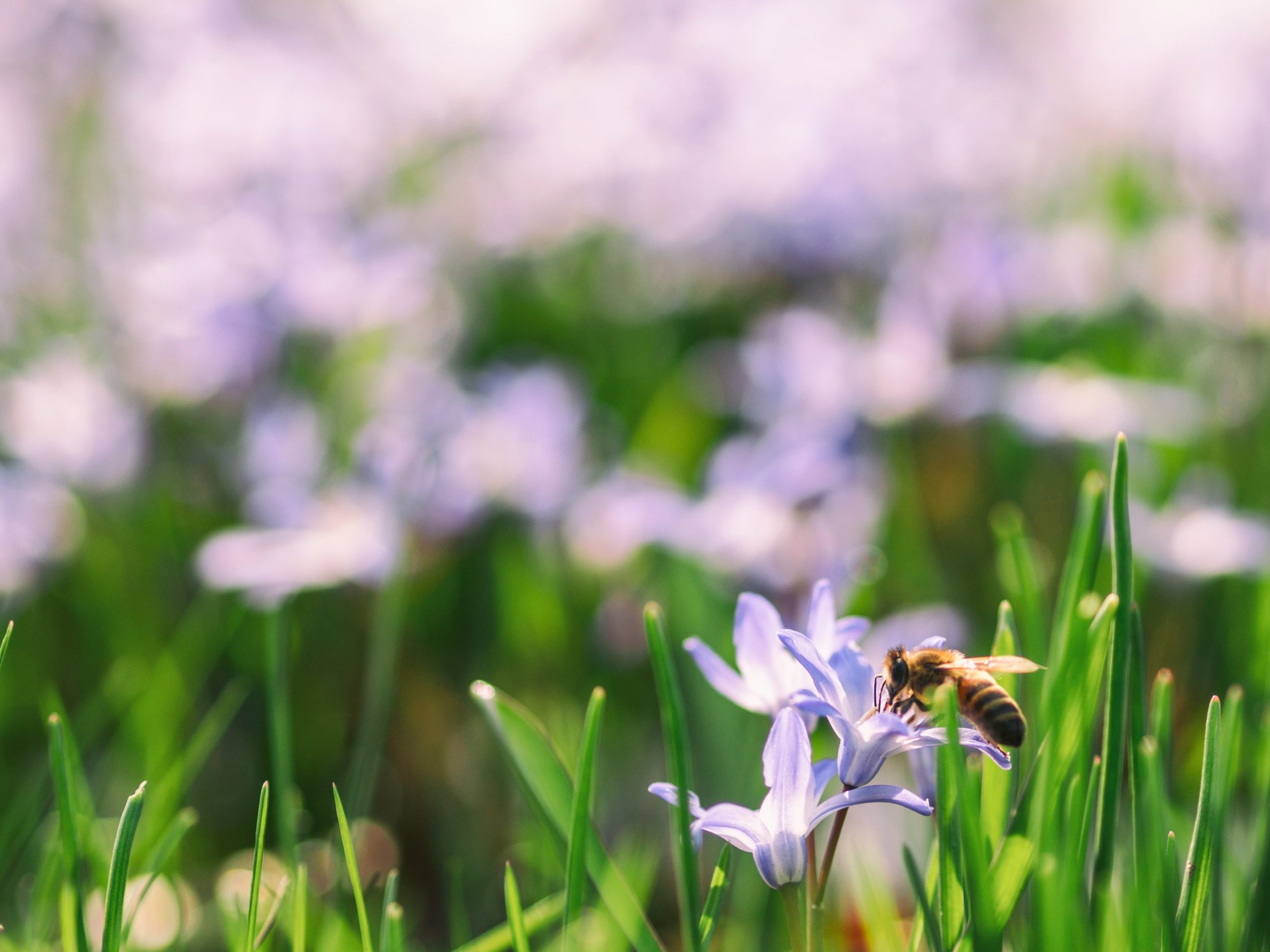
How Does Aperture Affect Exposure?
One of the main effects of altering your aperture is the brightness, or exposure, of your images. As you change the size of the aperture, you alter the amount of light reaching your camera's sensor, therefore the brightness of your final photo.
A large aperture, which gives a wide opening, will provide lots of light, resulting in a brighter image. A small aperture, so a smaller opening, will have the opposite effect and give a darker image.
We can revert back to the pupils of our eyes again when thinking about which aperture will be most appropriate for each environment. If you are in a dark room, for example, your pupils will enlarge to allow more light and, therefore, will enable you to see more.
Selecting The Right Aperture For Depth Of Field
The other primary function of aperture is controlling your depth of field. This is the sharpness of your image from close up to far away. A shallow depth of field will mean the background of your image is totally out of focus, but the foreground will be sharp. The high depth of field will give you a totally sharp image from foreground to background.
A large aperture will bring your foreground into focus and blur your background. The smaller the aperture, the more of your image will come into focus.
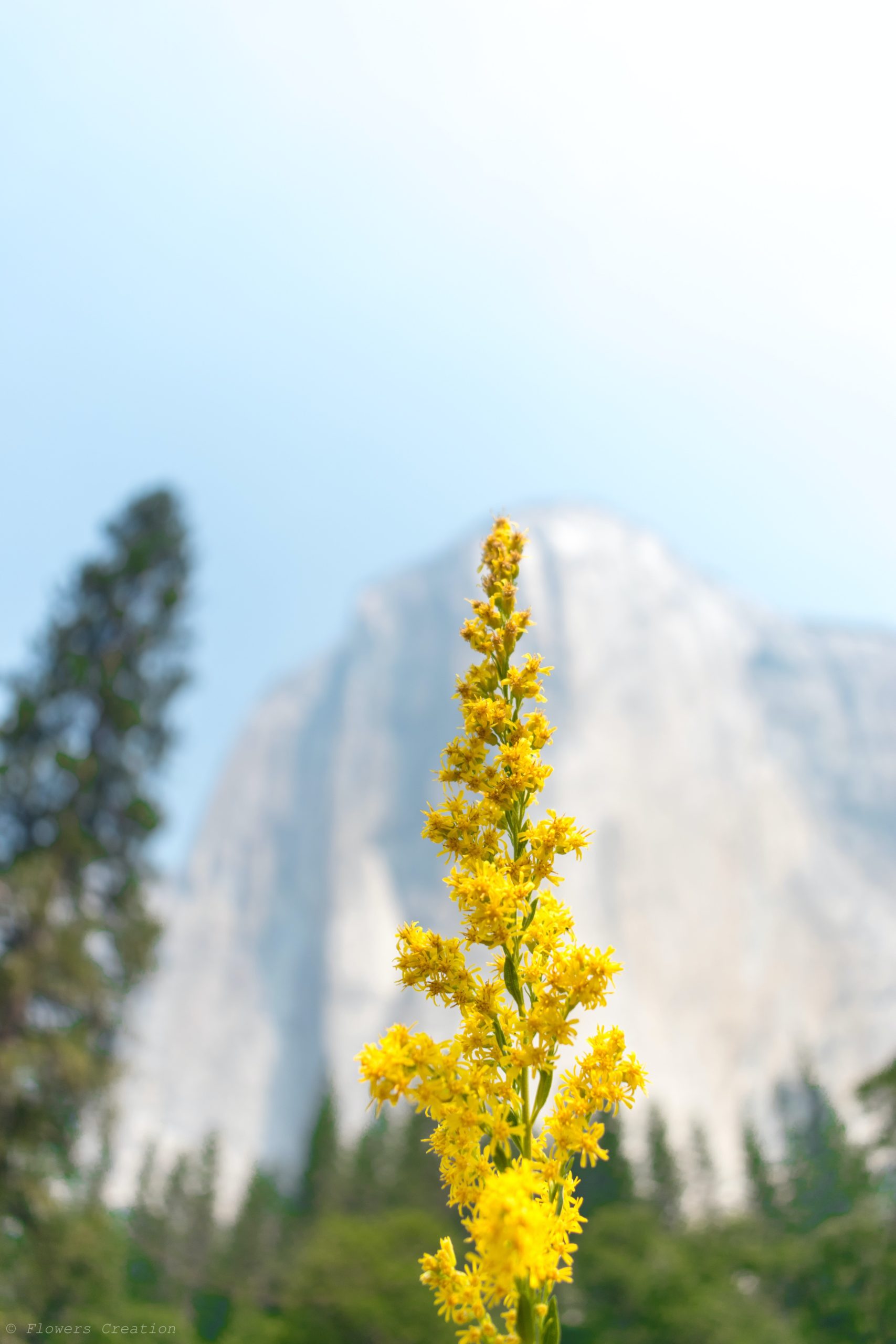
What are F-Stops and F-Numbers?
Aperture is mainly referred to as a number known as F-Number or F-Stop, e.g. f/8. You’ll have noticed aperture written like this on your camera. It will either look like f/2 or f2, depending on your camera model and make.
You’d be forgiven for thinking the larger the number, the larger the aperture, but it’s actually quite the opposite and the cause of confusion for many a beginner ‘tog. For example, f/2 is larger than f/4, which is larger than f/11.
If you’re any good at maths and, more specifically, fractions, you can think of it in terms of a fraction, 1/16 is smaller than 1/4 and so on.
Choosing The Right Aperture For Your Image
Firstly you’ll need to decide how you want your final image to look, e.g. everything in focus or blurred background and sharp foreground, followed by looking at the amount of light in your environment. While auto mode on your camera can determine a lot, it can guess your desired final effect. This is why it’s important to get to grips with aperture early on. You can have full creative control of your photography.
Selecting the right aperture often requires trial and error, as with most aspects of photography. As a basic guide, here are some most commonly used aperture numbers for various genres;
Best Aperture for Landscape Photography
Seasoned landscape photographers tend to choose a smaller aperture such as f/8, f/11 or f/16. When you’re shooting a comprehensive photo of land, sea, or sky, you’ll most often want to keep the whole shot sharp and in focus. That way, the viewer can appreciate every little detail of your magnificent scene. Creating a deeper depth of field also allows your image to feel more natural, almost like the viewer could step right into the scene.
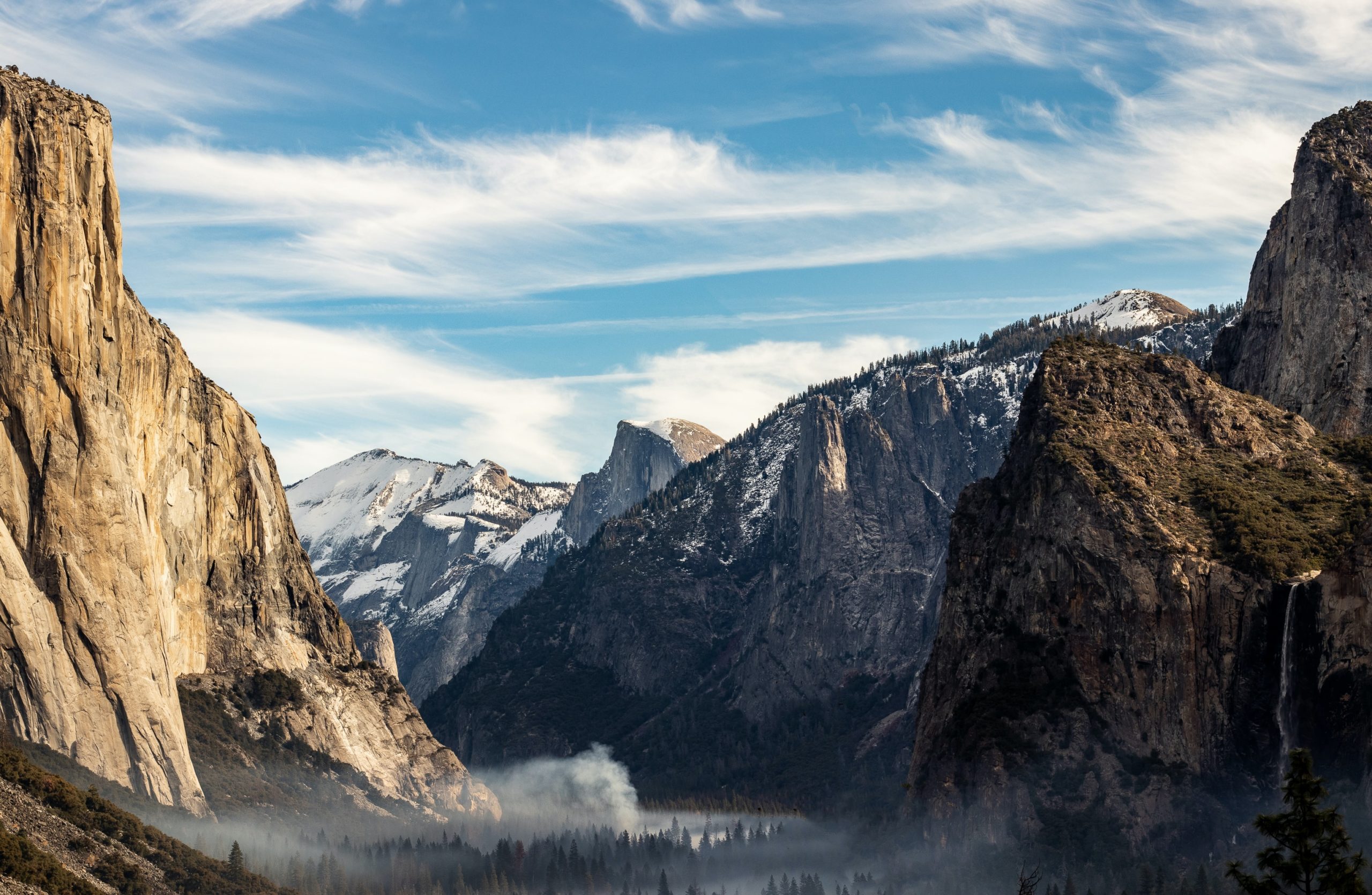
Best Aperture for Portrait Photography
In portrait photography, it’s popular to have your subject perfectly in focus, but the background is nice and blurred. This way, your main subject stands out, and the background doesn’t become a distraction. To achieve this, you’ll need to create a shallow depth of field by selecting a large aperture. It’s a trick often used for portraits, headshots and fashion and beauty photography.
Best Aperture for Macro or Close Up Photography
Some experienced macro photographers use a very narrow aperture because the depth of field gets shallower at high magnifications. By using a narrow aperture, a macro photographer can ensure that their entire subject is in focus, even if the background is blurred. Other macro photographers select a shallow depth of field and therefore use a very wide aperture to create a soft-focus effect. Both methods work well depending on the final image you want to capture. Two completely different looks can be created with just one subject by simply changing your aperture.
Hopefully, our guide will have provided you with a good foundation of knowledge on aperture, and now it’s down to you. Grab your camera and experiment with apertures and depth of field, and you’ll soon know exactly which f-stop to select off the top of your head.
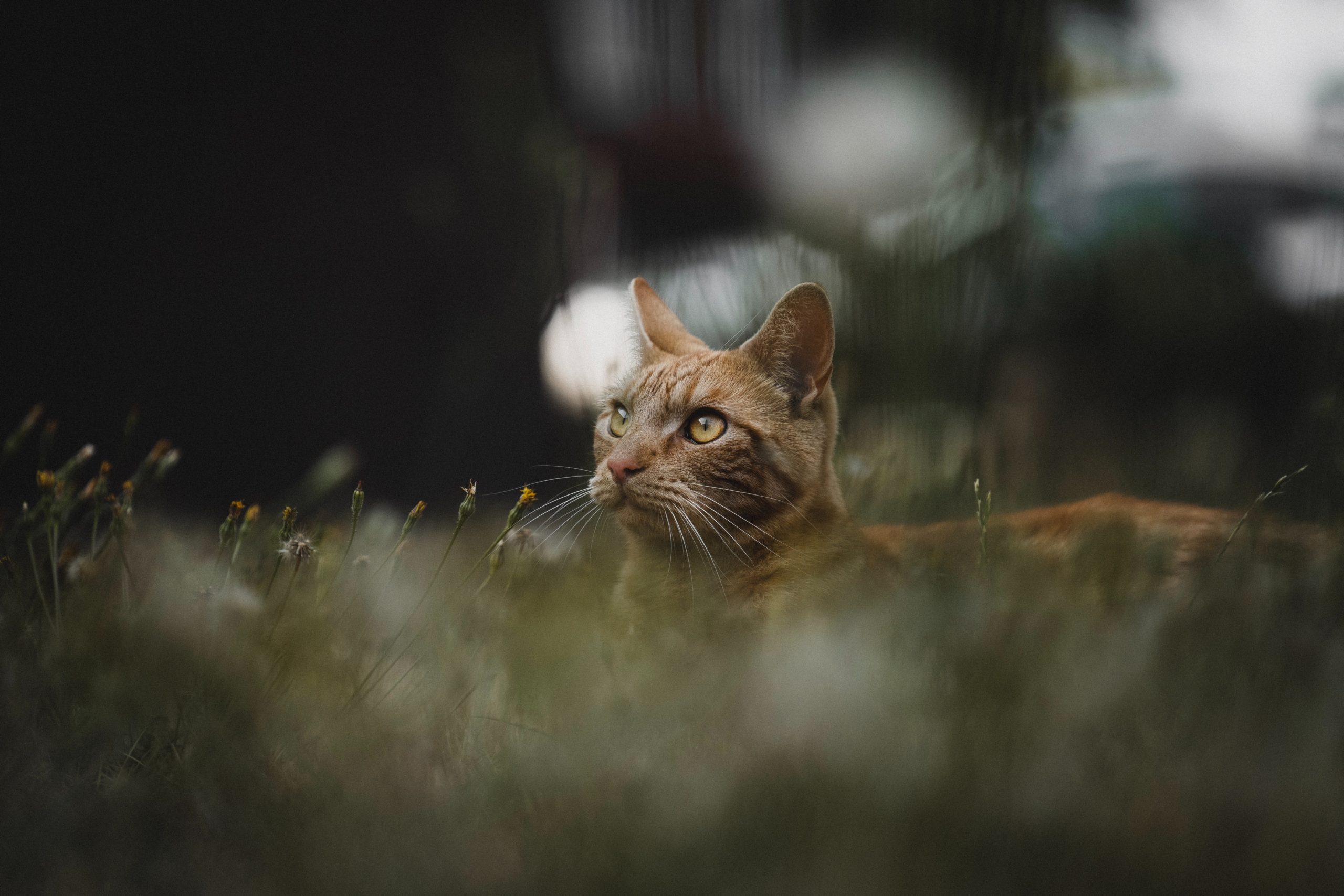
For the best new and used cameras, visit one of our stores in London, Essex or Stevenage or look online. You'll find a huge range of photography equipment at great prices as well as expert advice. All our advisors are passionate about photography and always happy to pass on their wealth of knowledge.






